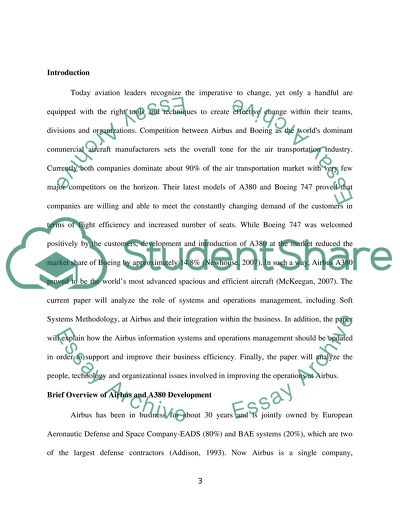Cite this document
(“Systems and Operations Management Assignment Example | Topics and Well Written Essays - 3000 words”, n.d.)
Retrieved from https://studentshare.org/family-consumer-science/1419249-systems-and-operations-management
Retrieved from https://studentshare.org/family-consumer-science/1419249-systems-and-operations-management
(Systems and Operations Management Assignment Example | Topics and Well Written Essays - 3000 Words)
https://studentshare.org/family-consumer-science/1419249-systems-and-operations-management.
https://studentshare.org/family-consumer-science/1419249-systems-and-operations-management.
“Systems and Operations Management Assignment Example | Topics and Well Written Essays - 3000 Words”, n.d. https://studentshare.org/family-consumer-science/1419249-systems-and-operations-management.


